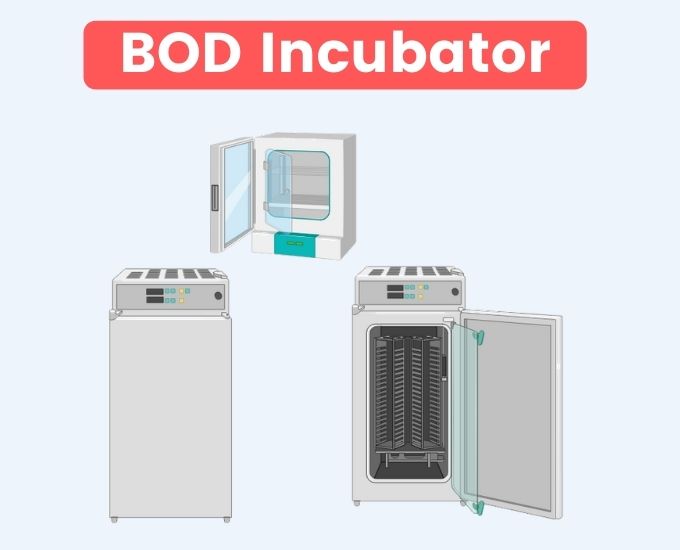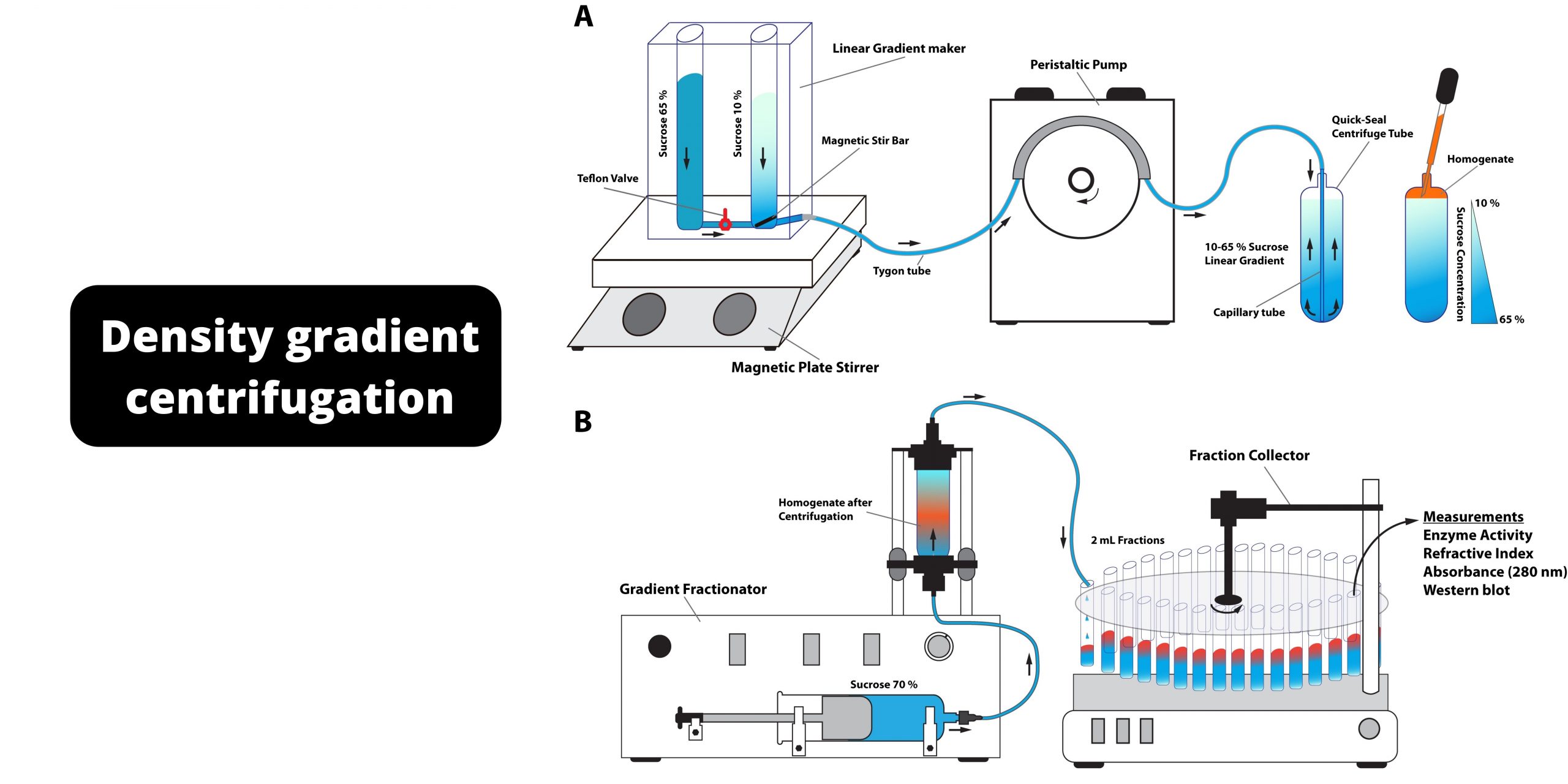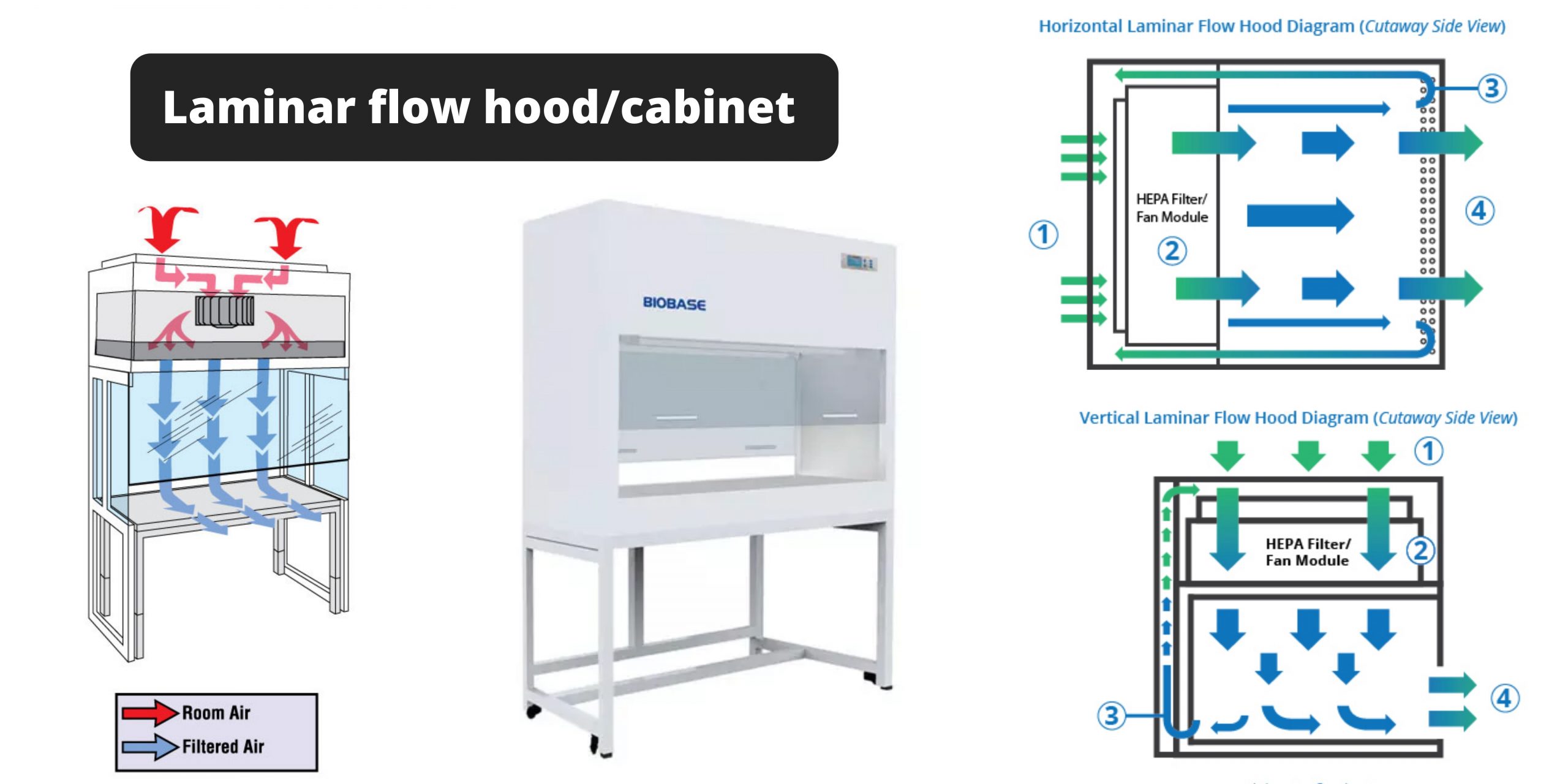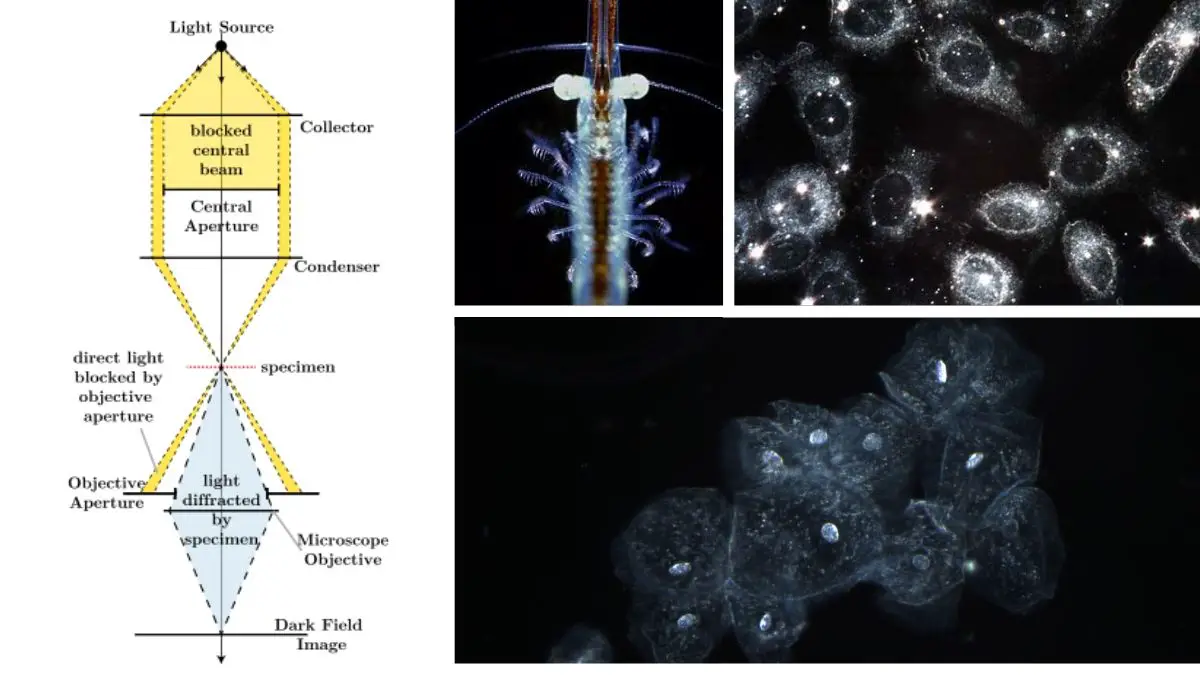BOD Incubator – Principle, Parts, Procedure, Application
What is BOD Incubator? BOD incubator Definition The BOD (Biological Oxygen Demand) Incubator is a specialized laboratory instrument designed to provide a controlled temperature environment, typically around 20 degrees centigrade, for microbial and biochemical studies, particularly for assessing the oxygen demand of microorganisms in water samples. BOD incubator Principle Operating on a well engineered mechanism, … Read more









